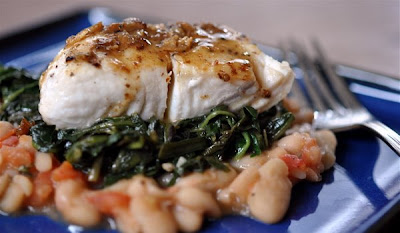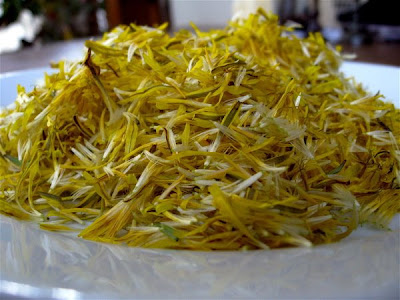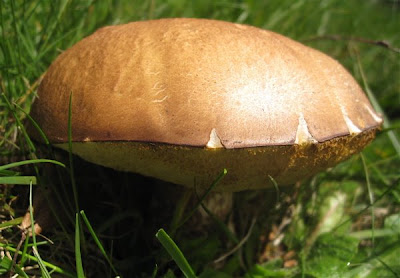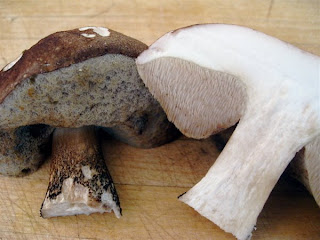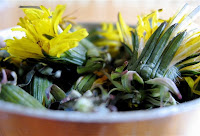 SOUNDS LIKE AN Arizona ghost town. In fact, Chickweed Chimichuri is a zesty sauce.
SOUNDS LIKE AN Arizona ghost town. In fact, Chickweed Chimichuri is a zesty sauce.
 Chimichurri hails from Argentina, where it was invented by an Irishman named Jimmy McCurry fighting for Argentinean independence in the 19th century. The sauce’s name is reputedly a bastardization of his name. Anyway, the traditional way to prepare it is with parsley, vinegar, garlic, oil, and hot pepper.
Chimichurri hails from Argentina, where it was invented by an Irishman named Jimmy McCurry fighting for Argentinean independence in the 19th century. The sauce’s name is reputedly a bastardization of his name. Anyway, the traditional way to prepare it is with parsley, vinegar, garlic, oil, and hot pepper.
Here chickweed replaces the parsley and lemon juice replaces the vinegar.
Tuna with Chickweed Chimichurri
Chimichurri
 1 packed cup chickweed, chopped
1 packed cup chickweed, chopped
4-5 cloves garlic, minced
2 tbsp shallot, fine dice
3 tbsp sweet red pepper, fine dice
1 tbsp hot pepper, de-seeded, fine dice
1/4 cup lemon juice
1/4 cup olive oil
1/2 tsp salt
Tuna and Sushi Rice
1 lb sushi-grade tuna, cut into small (1/2 inch) cubes
2 cups sushi rice
rice vinegar to taste
Makes 4 servings.
 Mix chimichurri ingredients together in a bowl and refrigerate for an hour or so. Meanwhile make seasoned (i.e. add rice vinegar) sushi rice and cut up a bunch of sushi-grade tuna. Serve a dollop of the raw tuna over a bowl of rice; garnish with the chimichurri. The acidity of the chimichurri immediately begins to act on the tuna, changing the flavor in subtle ways as you eat.
Mix chimichurri ingredients together in a bowl and refrigerate for an hour or so. Meanwhile make seasoned (i.e. add rice vinegar) sushi rice and cut up a bunch of sushi-grade tuna. Serve a dollop of the raw tuna over a bowl of rice; garnish with the chimichurri. The acidity of the chimichurri immediately begins to act on the tuna, changing the flavor in subtle ways as you eat.
Now, about the taste. A dish like this would seem to cry out for cilantro, but please resist. We all know what that tastes like. The greens in this case are far removed from parsley, cilantro, and other standard ceviche offerings. In a word, they’re wild. The bright green flavor, somewhat tempered by the other ingredients, gives this Tuna Poke a new twist. Enjoy it on its own merits or as a change of pace, preferably outside on a sunny day with a bottle of rosé wine.










